Triteleia grandiflora

Dry to moist soils, often in rocky areas, meadows, or open woods of valleys, hills and in mountains to about 2700 metres. Love

Dry to moist soils, often in rocky areas, meadows, or open woods of valleys, hills and in mountains to about 2700 metres. Love

Woods, shaded slopes, gravelly banks and prairies. Dry sandy or clay soils. Love
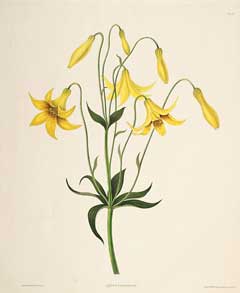
Wet meadows, moist rich woods especially edges, streamsides and river alluvia, bogs, marshes, swamps, along wet roadsides and railroads from sea level to 1000 metres. Love

Long cultivated and not known in a truly wild situation, though it can naturalise in woodlands.. Possibly of hybrid origin involving L. leichtlinii and L. maculatum. Love

By the coast, often in pockets of coral rock. Love

Heavy, often somewhat alkaline, meadows to montane forest. Usually found in drier woodlands on acid sandy loams. Love
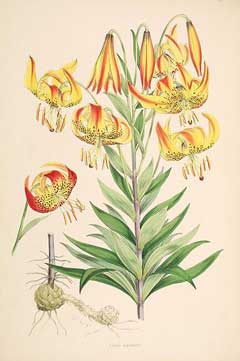
Peaty meadows, swales, wet sands and swampy woods. Love
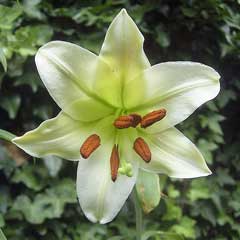
Loose fertile soil along woodland edges or in grass and thickets. Rock crevices, amongst coarse grass and scrub below 1,500 metres. Love
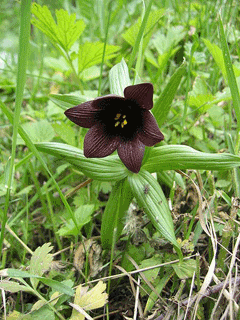
Moist areas from sea level to 600 metres in open woods and sub-alpine meadows. Love
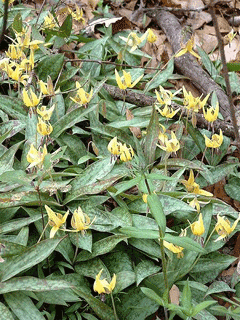
Meadows and rich damp open woodland. Love

Meadows, prairies and hillsides that are moist, at least in early spring. Love

Coastal mountain forests and wet meadows inland. Marshy meadows in coniferous forest, to 2300 metres. Love
Damp meadows at subalpine and alpine elevations (4,000–6,000 feet (1,200–1,800 m) and tolerates pond edges, rich soils, and bloom well in either sun or shade. Love
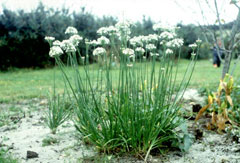
Not known in a truly wild situation. Love
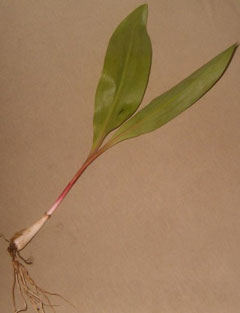
Rich woods and bottoms, preferring slopes and streamsides. Usually in beech and maple woods. Love